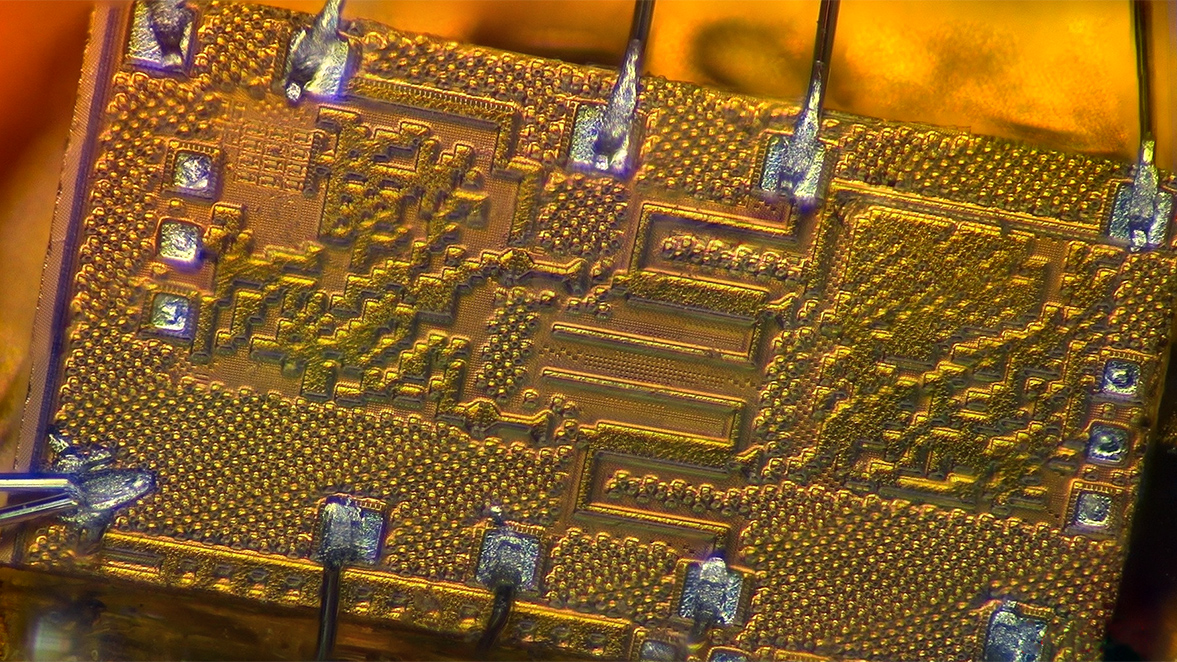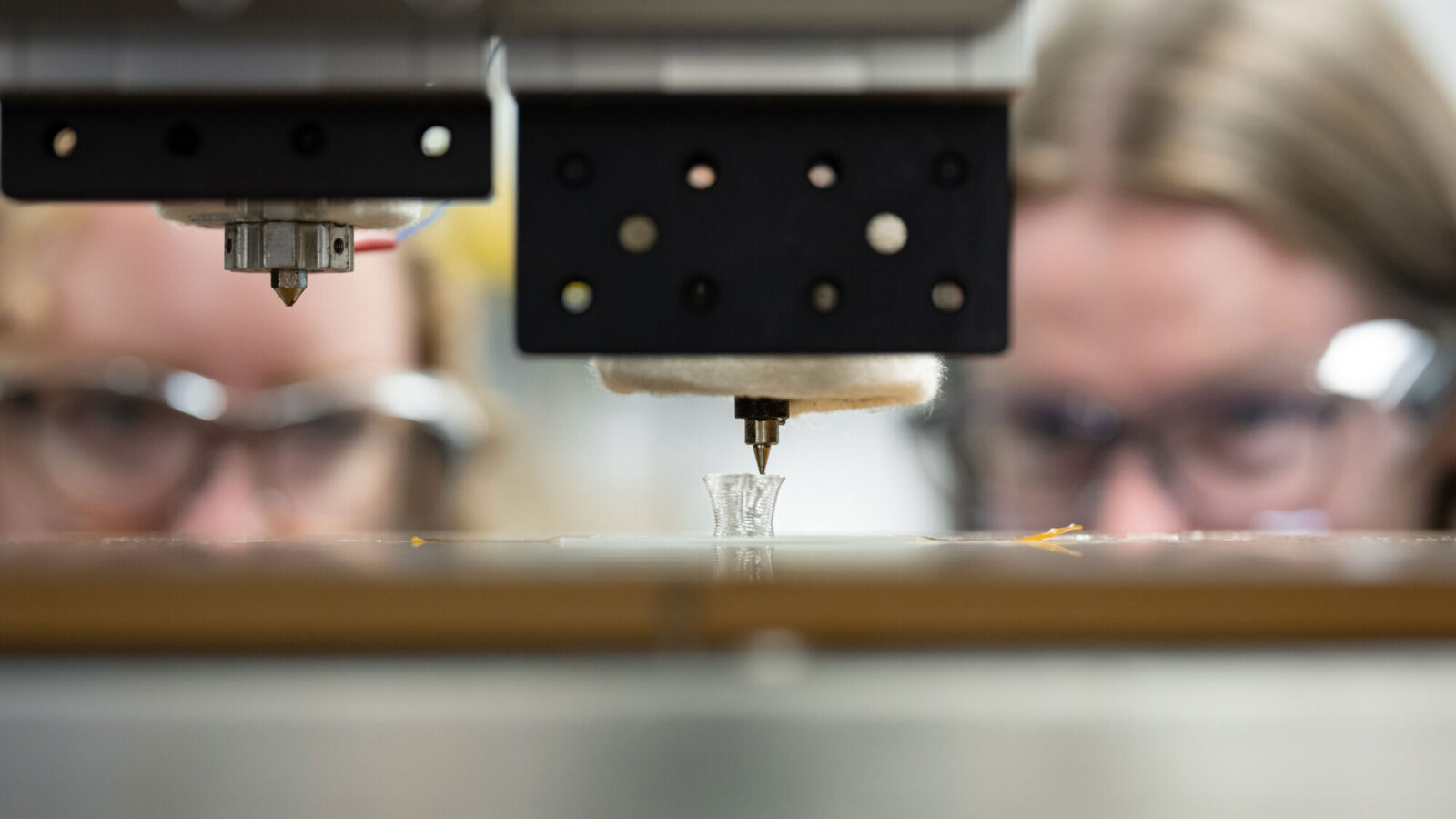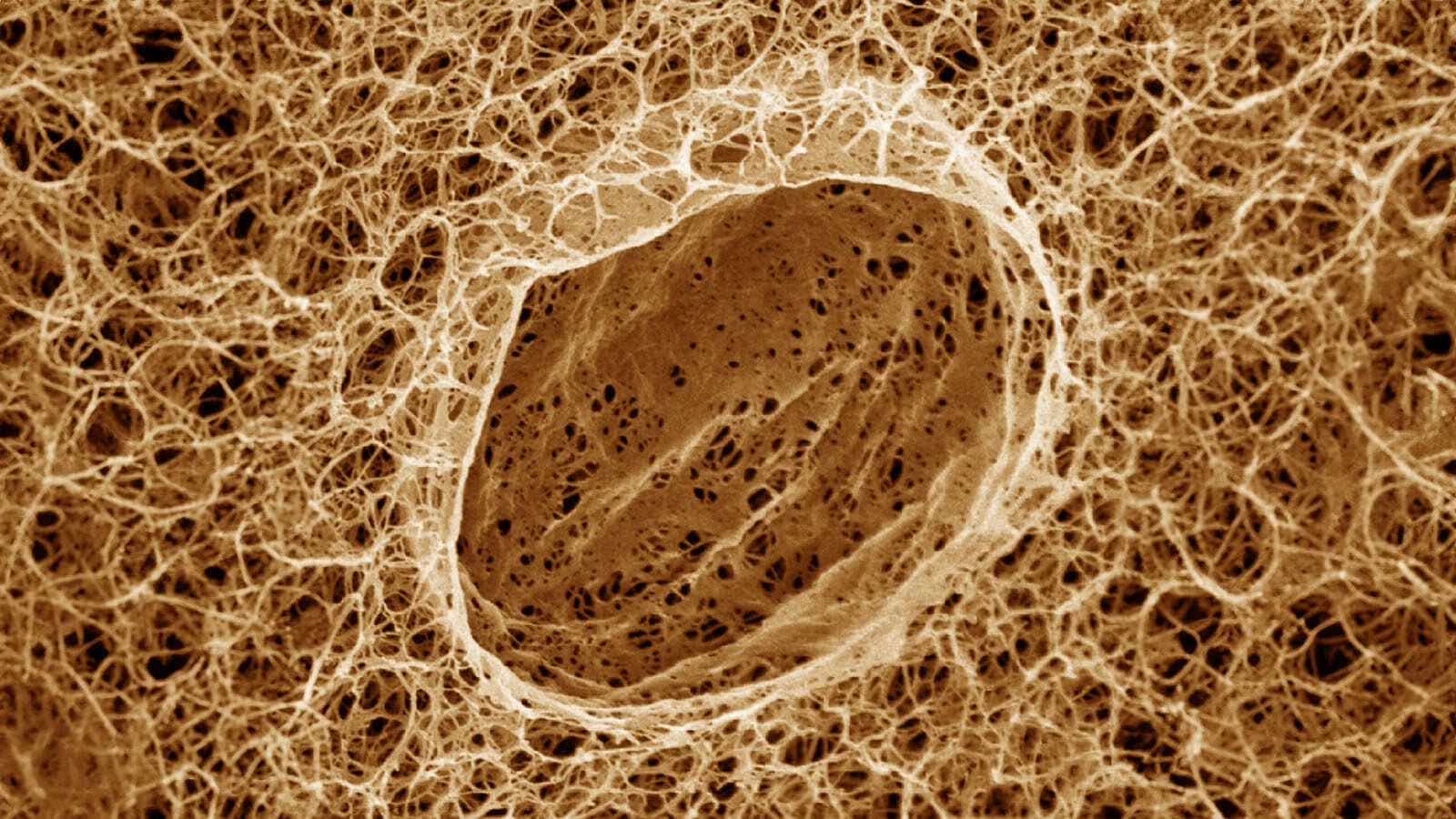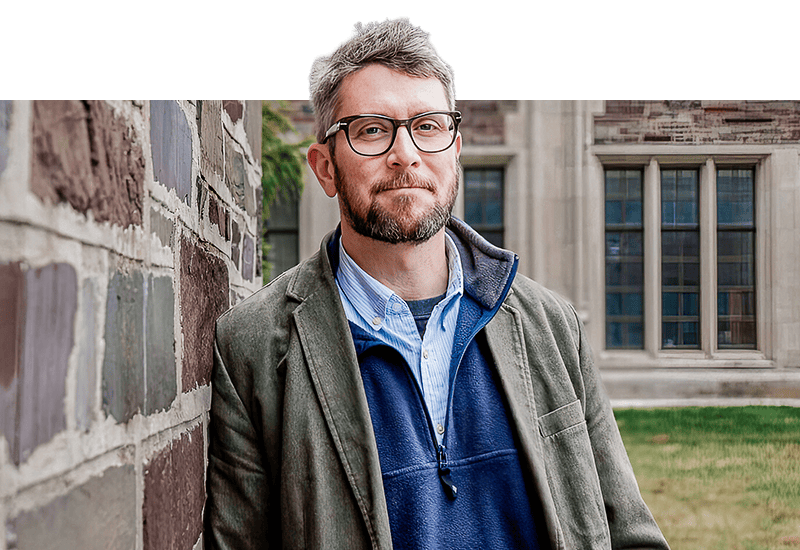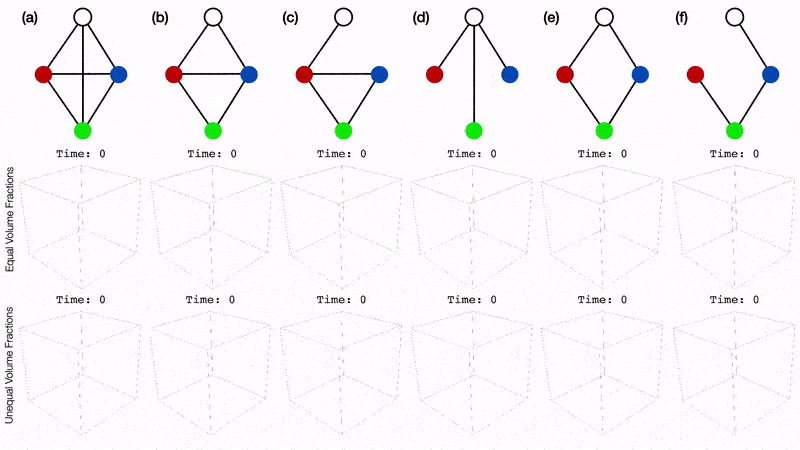
Math enables custom arrangements of liquid “nesting dolls”
By
on
Now Princeton University researchers have overcome a major challenge in studying and engineering phase separation. Their system, reported in a paper published Nov. 19 in Physical Review Letters, allows for the design and control of complex mixtures with multiple phases — such as nested structures reminiscent of Russian matryoshka dolls, which are of special interest for applications such as drug synthesis and delivery.
Their system provides researchers a new way to examine, predict and engineer interactions between multiple liquid phases, including arrangements of mixtures with an arbitrary number of separated phases, the researchers said.
The arrangement of phases is based on the minimization of surface energies, which capture the interaction energies between molecules at the interfaces of phases. This tends to maximize the contact area between two phases with low surface tension, and minimize or eliminate contact between phases with high surface tension.
The new method uses the mathematical tools of graph theory to track which phases contact each other within a mixture. The method can predict the final arrangements of phases in a mixture when the surface energies are known, and can also be used to reverse-engineer mixture properties that give rise to desired structures.
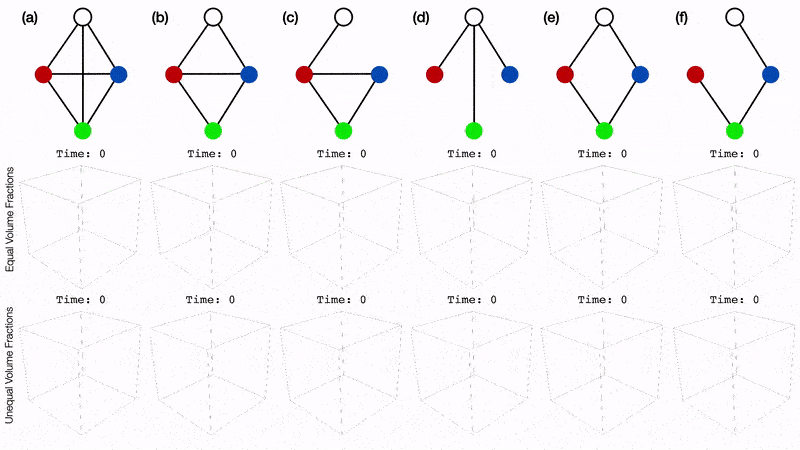
Princeton researchers have developed a new way to examine, predict and engineer interactions between multiple liquid phases. The method uses graph theory to track which phases contact each other. In these simulations, four phases are indicated by colored dots; lines show which phases are touching. Time is indicated in arbitrary units. Governed by the phases’ relative volumes and surface energies, small droplets morph into larger droplets over time.
Video by the researchers; GIF by Bumper DeJesus
“If you tell us which phases you have and what the surface tensions are, we can tell you how phases will arrange themselves. We can also do it the other way around — if you know how you want the phases to be arranged, we can tell you what surface tensions are needed,” said senior author Andrej Košmrlj, an assistant professor of mechanical and aerospace engineering.
“The approach is very general, and we think it will have an impact on many different fields,” from cell biology and pharmaceuticals to 3D printing and carbon sequestration technologies, said Košmrlj.
The work began as the junior paper of Milena Chakraverti-Wuerthwein, a physics concentrator from Princeton’s Class of 2020. She was working with Sheng Mao, then a postdoctoral research associate in Košmrlj’s group, building on previous research that explored phase-separated mixtures. That work developed a computational framework for predicting the number of separated phases and their composition, but did not systematically investigate the actual arrangements of phases.
Chakraverti-Wuerthwein started drawing examples of multicomponent mixtures, with each phase represented by a different color. At one point, she said, she felt like she was “going in circles,” but then “took a step back and thought about the distinguishing feature that makes one of these morphologies different from another. I came up with the idea that it’s really the edges where phases are touching each other. That was the birth of the idea of using the graphs,” in which each phase is represented by a colored dot, and the lines between dots indicate which phases touch one another in a mixture.
“That was the spark we needed, because once you can represent it in terms of graphs, then it’s very easy to enumerate all the possibilities” for different arrangements of phases, said Košmrlj.
Chakraverti-Wuerthwein is a co-lead author of the paper along with Mao, who is now an assistant professor at Peking University in China. Coauthor Hunter Gaudio, a 2020 graduate of Villanova University, helped run simulations to produce all distinct arrangements of four phases during summer 2019 as a participant in the Princeton Center for Complex Materials’ Research Experience for Undergraduates program.
“Normally, liquids like to make simple droplets, and not much else. With this theory, one can program droplets to spontaneously organize into chains, stacks, or nested layers, like Russian dolls,” said Eric Dufresne, a professor of soft and living materials at ETH Zürich in Switzerland, who was not involved in the research. “This could be useful for controlling a complex sequence of chemical reactions, as found in living cells. The next challenge will be to develop experimental methods to realize the interactions specified by the theory.”
Košmrlj is part of a group of Princeton faculty members exploring various facets and applications of liquid-liquid phase separation — a major focus of an Interdisciplinary Research Group recently launched by the Princeton Center for Complex Materials with support from the National Science Foundation.
In liquid environments, there is a tendency for small droplets to morph into larger droplets over time — a process called coarsening. However, in living cells and industrial processes it is desirable to achieve structures of specific size. Košmrlj said his team’s future work will consider how coarsening might be controlled to achieve mixtures with targeted small-scale structures. Another open question is how multicomponent mixtures form in living systems, where active biological processes and the basic physics of the materials are both contributing factors.
Chakraverti-Wuerthwein, who will begin a Ph.D. program in biophysical sciences at the University of Chicago in 2021, said it was gratifying to see “that this kernel of an idea that I came up with ended up being something valuable that could be expanded into a more broadly applicable tool.”
The work was supported by the U.S. National Science Foundation through the Princeton University Materials Research Science and Engineering Center, and through the Research Experience for Undergraduates program of the Princeton Center for Complex Materials.
